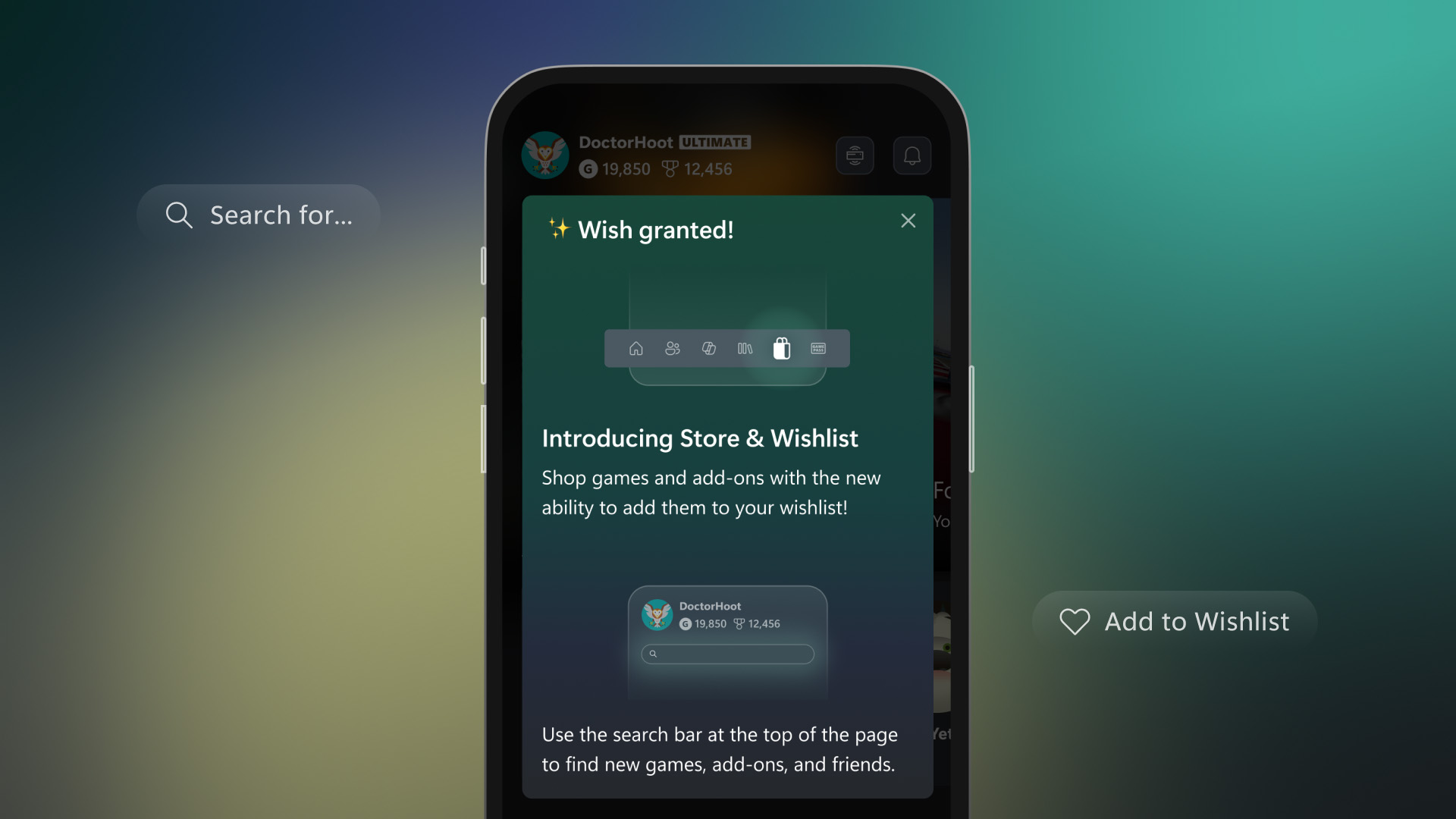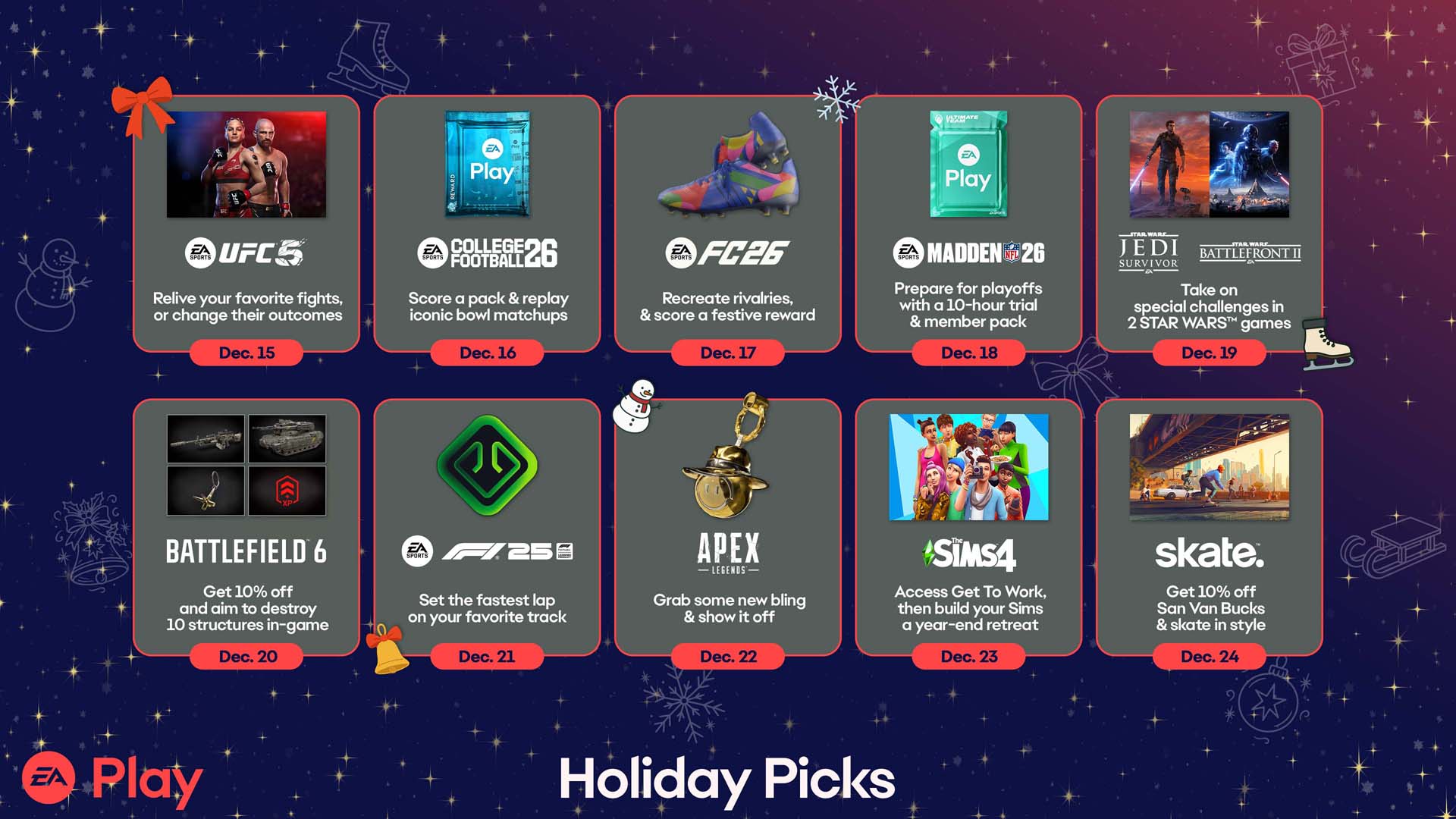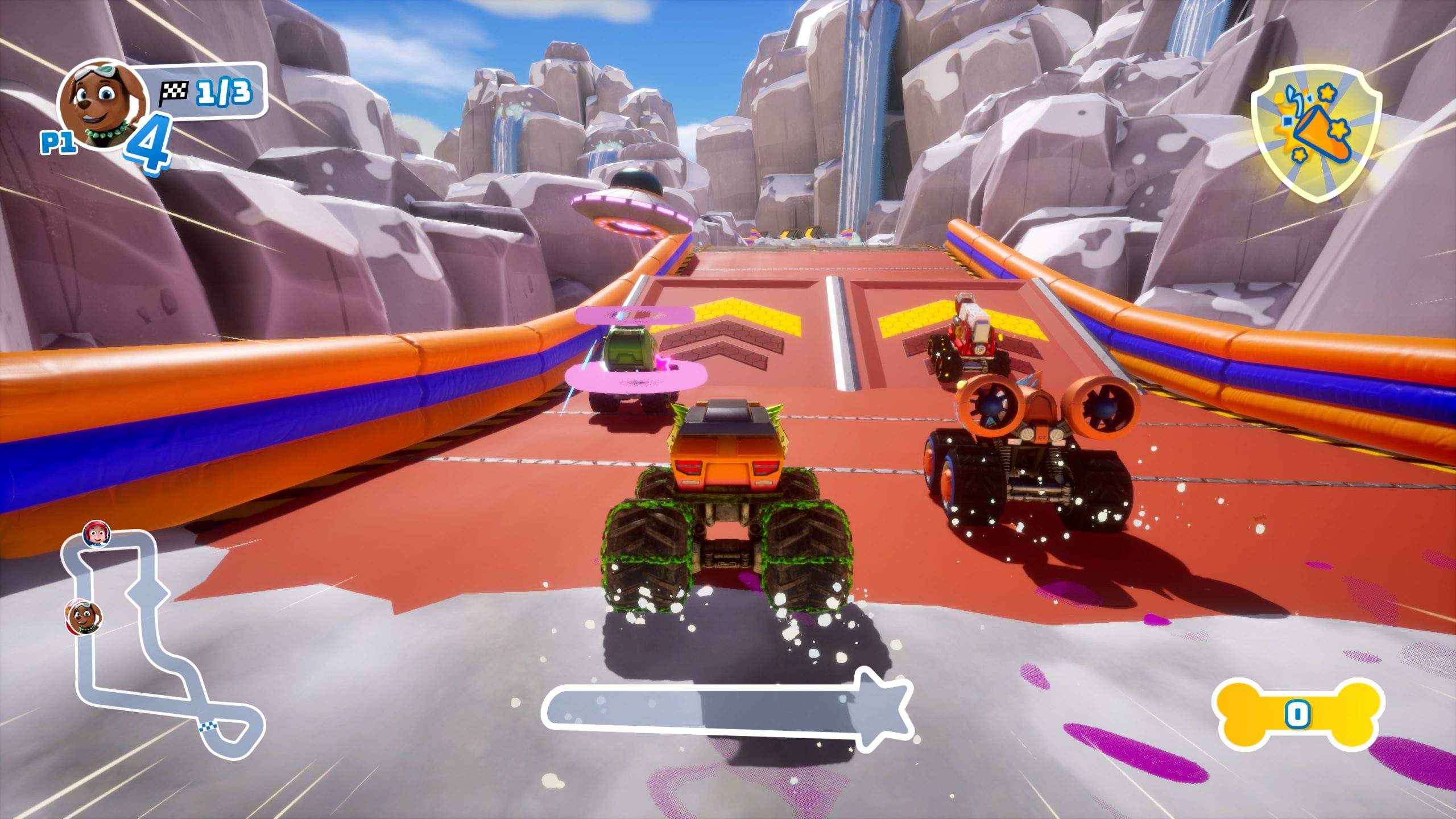
With that in mind, 2023 was the first full year Techland had to begin growing the game, unleashing a plethora of content updates, crossover events with a multitude of franchises, and more. We sat down with Tymon Smektała, Techland’s Dying Light franchise director, to talk about the busy year, lessons learned, and touched on the team’s goals for 2024.
“We managed to release quite a few quite chunky updates, which changed the game a lot, hopefully for the better,” Smektała said. “I think this is for the players to say, but actually if you look at the sentiment on Steam, you can clearly see a huge increase and improvement in that area. So, it probably means that we are doing things right.”
The introduction of Dying Light 2: Bloody Ties
Although having launched in November 2022, Dying Light 2 kicked off 2023 with the freshly launched Bloody Ties, the game’s first paid expansion. Along with adding a fresh batch of Dying Light 2 achievements to unlock, Bloody Ties also took us to Carnage Hall, a repurposed opera house used for gladiatorial-style tournaments. Offering up a new storyline to work through, brand-new gameplay mechanics, challenging arenas filled with infected, and some pretty awesome characters to meet — we’re looking at you, Skullface. Despite the arena-style similarities to Dying Light’s Bozak Horde, Bloody Ties is more in tune with ancient gladiator games, taking inspiration from a number of popular films like Gladiator and Mad Max 3, and binding it all together with an overarching narrative. While it offered a chunky bit of content, Smektała tells us that the response from the Dying Light 2 has been a “spicy mix.”
“Players expected something rather different from us. Bloody Ties is this apocalypse gladiator extravaganza that takes place in a completely different map,“ Smektała said. “You enter this arena where you participate in crazy challenges, and it offers a lot of fun, intense, and very unusual gameplay sequences for a Dying Light game. There were plenty of players who enjoyed that and they appreciated that.
“It seems that for those players, we can deliver, but there is quite a significant group of our players who just want more of that post-apocalyptic fight for your life everyday type of setting and gameplay[…] So it seems we have pleased quite a few of our players but also didn’t hit the right notes for the other part of our community.”
Learning new lessons and rolling out the Dying Light 2 update train

Techland has a history of supporting its games with additional content years after launch. The first Dying Light, which launched in 2015, was still getting new DLC packs until June 2022, and Techland has already said that Dying Light 2 will receive at least five years of support as well. When discussing player reception to the Bloody Ties DLC, Smektała said that it has given the team a chance to learn when the right time to expand a game’s content into new areas is, and when it’s best to focus on the core gameplay.
“Something that we will take with us into the future is that when we release a game the first batch of content should be focused on not trying something new but reinforcing and adding to the core fantasy,” Smektała said. “Then, only after some time, like in year two or three, maybe even later, when the core fantasy is already saturated in players’ hearts, we can move on to experimenting with some other stuff.”
“We understand that as soon as you release your game, it’s no longer just your baby, it’s also the baby of all of the players who are playing it, so they have as much right to tell us what they would like to see in the game…”
Last year, Techland rolled out some staggeringly large updates, adding new gore systems, custom map support, an overhauled nighttime experience, combat upgrades, and more. It was a busy year for the team, but as we’re told, it’s what needs to be done when you’re working with your players to improve a game.
“There’s no shame for us in kind of assuming this community-driven approach, where it’s almost a collaborative work between us and our players,” Smektała told us. “I think we understand that as soon as you release your game, it’s no longer just your baby, it’s also the baby of all of the players who are playing it, so they have as much right to tell us what they would like to see in the game and as much right to use the game however they want — it’s not for us to dictate how our players should play the game.
“Realizing that, re-emphasizing that internally, and also getting the development juice back in us we managed to focus on updates, and I think each one of them, starting with our first anniversary, really hit the mark of the expectations from our players.”

One notable difference between Dying Light and Dying Light 2 is the way Techland handled the nighttime gameplay in the sequel. The first game almost had you feeling like you were on a timer during the day, as once the darkness rolled in and the Volatiles — fast, powerful infected that chase you — came out to play, it was a big risk to take a twilight stroll. In Dying Light 2, the danger eased up considerably, removing the stress induced by trying to navigate through the dark. Techland addressed that in an update last year, ramping up the difficulty of nighttime gameplay and returning Volatiles to their rightful position as the most terrifying infected variant.
“At release, we wanted to make the night a little bit more accessible than in the first game because we saw from player data that a lot of players were skipping the night part […] But then we realized that in doing this, we probably lost a part of Dying Light’s unique DNA,” Smektała said. “We wanted to bring that feeling back again, and I think it was a success[…] On the development side, it was quite an achievement because we managed to flip over the core aspect of the game within a relatively short span of about two or three months.”
Dying Light 2’s longevity without popular monetization options

Loot boxes, battle passes, more cosmetic items than a Hollywood prop master’s cupboard — these are things we see all too often in live service games to keep the money rolling in while the developer continues to support the game. Dying Light 2 isn’t a live service game, but much like its predecessor, Techland aims to support it consistently for many years to come (just look at last year’s record). Other than some themed DLC packs, though, there is little in the way of monetization in Techland’s zombie survival game, and it’s all part of the plan.
“Dying Light’s years four and five were more successful than years two and three because we actually managed to build this huge pile of content that can make the game interesting for players.”
“Those updates are extremely crucial for longevity, and I think it worked for us in Dying Light one. Aside from the release year, Dying Light’s fourth and fifth years were more successful than years two and three because we managed to build this huge pile of content that can make the game interesting for players,” Smektała said. “They started inviting their friends and kind of spreading the word to their friends… I hope we will be able to repeat that with Dying Light 2. Both Dying Light and Dying Light 2 are long-tail games and we are making a conscious effort to make them like that.”

Another tactic Techland uses alongside the rollout of content updates is the use of community events like Winter Tales, Egg-splosive Hunt, Bloody Nights, and the like. Each event typically offers a new cosmetic bundle and weapon pack DLC, and by completing a selection of community-driven targets, players taking part have a chance to unlock the DLC for free before it goes on sale. As you can imagine, the incentive draws a lot of players back to Dying Light 2, and Techland ramped it up last year with a host of cross-over events with franchises like The Walking Dead, For Honor, Vampire: The Masquerade, and more.
“I don’t remember the numbers from memory, but we track retention engagement and returning players,” Smektała said. “It’s very obvious that when we do a crossover like that, the number of returning players is astronomical. They really do draw the audience back.”
Changes to Dying Light 2’s cross-over events and Techland’s focus for 2024

With 2023 proving to be a successful year for Dying Light 2, we were interested to find out what Techland plans for the year ahead, and it looks like we’ll be getting a new format for in-game events..
“Maybe we will not do as many of those (crossover events) but make sure that we squeeze as much as possible out of each one,” Smektała revealed. “So, we’ll be able to shape the events and create a structure around them where they will be able to last for weeks, maybe even with a sufficient amount of rewards and gameplay experiences for players to get interested in.
“To be honest, in terms of events, we are quite new to this area so we are still learning[…] We learned a few things from last year’s events and I think the most important one is that we need to focus more on the structure of those events. Right now, with the events that we’re doing, you’re just loading the game and getting notified of all of the goals that you have to complete, and then running around trying to complete them, which I think removes some fantasy and excitement. All of our subsequent events will have more structure, where you have to kind of focus on maybe a few smaller tasks, then they will unlock a bigger one, and maybe if you complete a bunch of those bigger ones, then there’s the big reward at the end with the biggest challenge for you.”

Alongside the changes to the event system, the team has a couple of focus points for the year ahead. Techland will also continue to use the Community Ideas page on the Pilgrim’s Outpost for additional updates, and we can expect a lot more zombie survival gameplay, to boot!
“We have created quite a few interesting processes and methods that allow us to understand what players expect from Dying Light 2. The best example is the Community Ideas,” Smektała said. “You can leave ideas you’d like to see in the game and other players can vote for it. Sure, you can say that it’s the simplest form of democracy but it’s helped us to understand what players want, what players need, and what’s trending.
“I think the next year will be focused on zombies and fighting with zombies and surviving against zombies — that will be the star of next year because that’s what players want.”
“Another one that we could use is what we started with, Bloody Ties; let’s focus on the core zombie survival fantasy for some time,” Smektała reiterated. “I think the next year will be focused on fighting and surviving against zombies — that will be the star of next year because that’s what players want.”
 Dying Light 2: Expansion 2 concept art revealed during the Future Games Show: Spring Showcase.
Dying Light 2: Expansion 2 concept art revealed during the Future Games Show: Spring Showcase.Although Dying Light 2’s second expansion was initially down to launch last year, it was delayed before we could learn anything about it, so it remains quite the mystery. We still don’t have a release date either, and Smektała doesn’t want to ruin the surprise, but Techland hopes it will be the game’s “crown jewel.”
“I don’t have anything to announce at this stage, but the work is progressing. It’s shaping up to be a great DLC,” Smektała said. “We have already revealed some of the concept art behind the look of the new location. Also, the focus on zombies and survival will be very prevalent in the DLC, I think, so please stay tuned. We don’t want to rush this because we want this to be a crowning jewel in the history of Dying Light 2.”
We had a great time catching up with Tymon Smektała, Dying Light’s franchise director, to talk about Dying Light 2 in 2023 and what’s to come in 2024. How about you? Are you excited for this year’s wave of content for the open-world zombie survival game? Drop a comment below and let us know!




